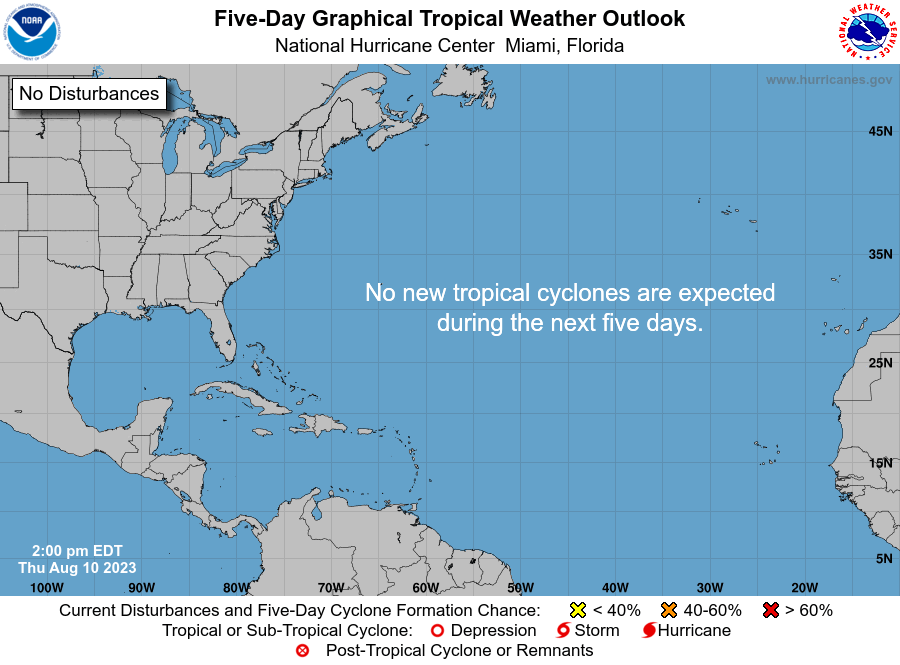Hello everyone,
Finally back from flying into Hurricane Dorian from last Monday to Saturday. It was pretty insane to see the storm go from a tiny, weak system way out into the Atlantic to a monstrous Category 5 over the Bahamas. Yesterday, it reached winds of 185 mph, tied for the second-strongest hurricane in Atlantic history.
The storm currently has winds of 165 mph (still a Category 5) and has slowed to a crawl, and is currently basically halted right over Grand Bahama.

This is awful news for the island of Grand Bahama, and nasty weather is still battering Great Abaco where Dorian caused devastation yesterday. Keep those people in your prayers - they will need all sorts of help when Dorian clears out.
U.S. Impact
The storm is currently forecast to take a track just, and I mean just, offshore of the Eastern Florida coast.
 Image from www.nhc.noaa.gov
Image from www.nhc.noaa.gov
It would not take much for the strong eyewall winds, storm surge, or even the eye of the storm to actually directly impact the East Coast, especially in the area from around Jupiter up through Jacksonville. Hurricane watches and warnings have been issued for much of the Florida East Coast. The storm will then pass very close to or over the coasts of Georgia, South Carolina, and North Carolina. Notice that the NHC cone even suggests there could be impacts further up the Atlantic coast.
Notice that the GFS (American) weather model is showing a huge area of rain in excess of 6 inches all along the East Coast of the U.S., so flooding (especially when exacerbated by strong onshore flow) will be a problem for many areas.
 Image from www.tropicaltidbits.com (Levi Cowan)
Image from www.tropicaltidbits.com (Levi Cowan)
The impacts to inland Florida are *hopefully* looking better, but I wouldn't let your guard down until the storm clears. And many areas of coastal Florida, Georgia and the Carolinas are already under evacuation orders, so if you live there, make sure to listen to local authorities.
I'll keep everyone updated as Dorian's U.S. approach comes into view!
Remember to get official hurricane information at www.nhc.noaa.gov.
Andy








